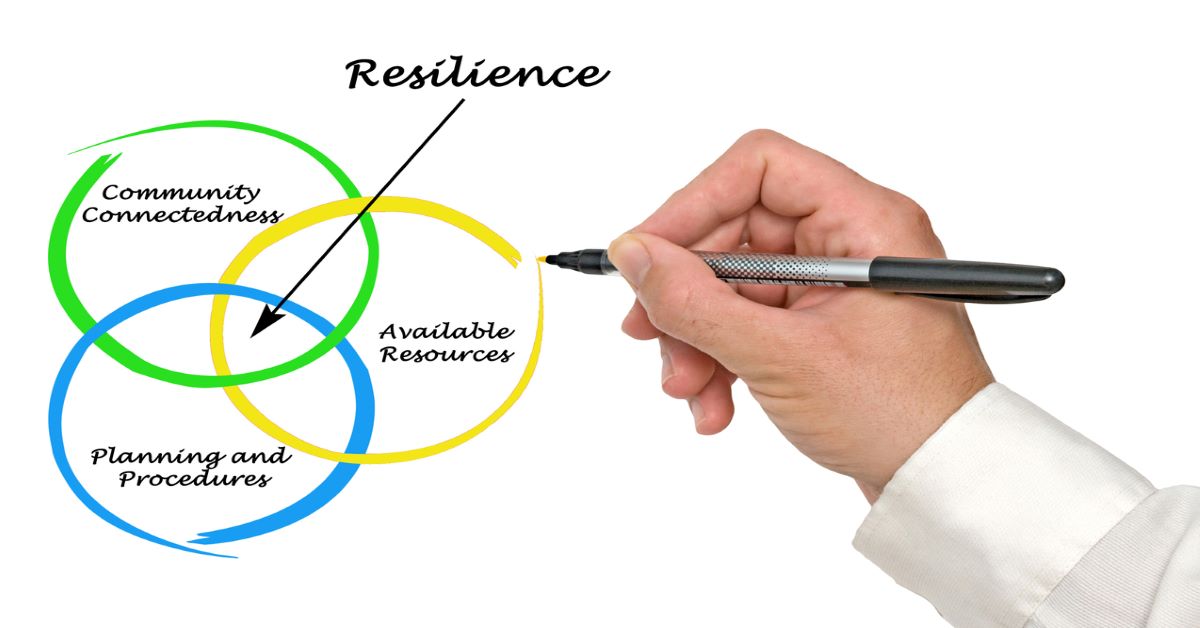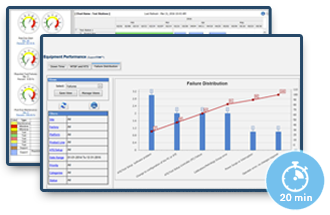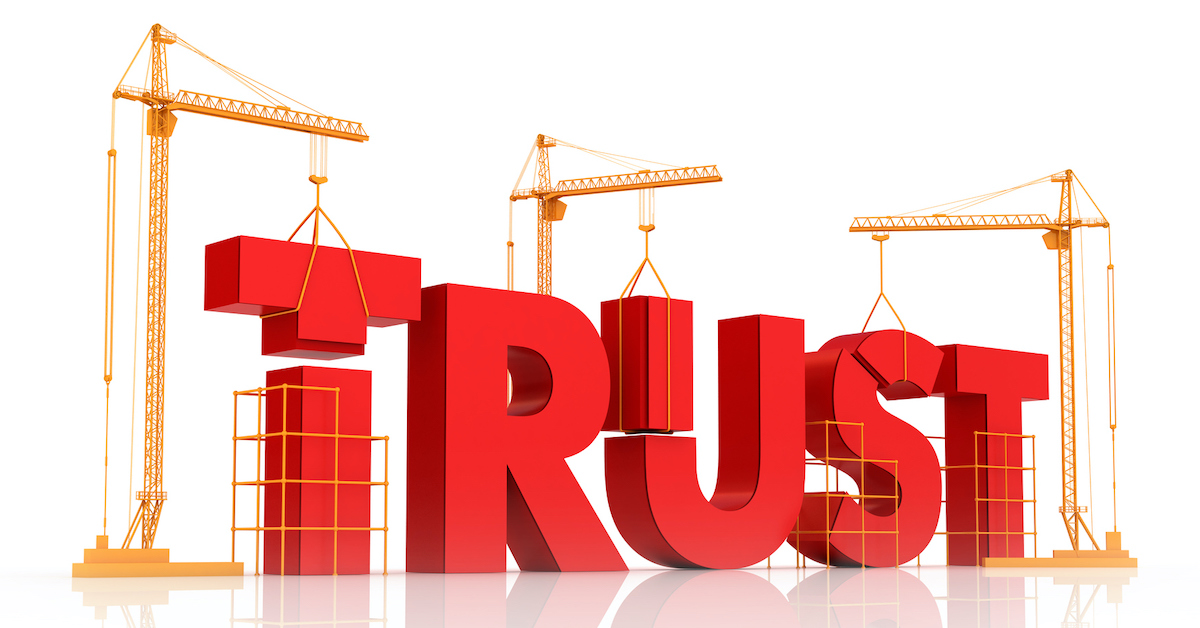

Our situation has changed meaning we now have new threats (the virus and getting sick) and new obligations (hygiene and physical distancing) required to help us take care of those threats. At the same time, none of the threats or obligations we had before have been relieved. Our organizations still must move with speed and will require asset management resilience.
What is the Same? … The need for resilience.
The marketplace is changing rapidly. To be competitive in rapidly changing times requires the ability to adapt to changing situations driven by new competition, technology, regulations, or other economic situations. The resilience we are building to help compete today also will help us to cope with our current situation. We all have to earn a living and help the companies we work for, our colleagues, customers, and vendors to earn livings as well. We have to do this while first and foremost fulfilling our obligations to our communities to stay safe.
The current crisis, COVID-19, can make us stronger because it will mobilize actions to develop capabilities we probably should have been developing anyway.
Practices that increase our companies’ resilience are more important than ever.
Resilience:
From Mirriam-Webster
1: the capability of a strained body to recover its size and shape after deformation caused especially by compressive stress
2: an ability to recover from or adjust easily to misfortune or change
Systems Thinking is Necessary to Design Resilient Organizations
Our solution has been designed with a “Whole System” approach. Teams have to know the outcomes they are required to produce and how those outcomes are meaningful, relevant and valuable to their internal or external customers. Next, they must have a strategy aimed at producing the outcome which includes real-time situational awareness. When the situation requires, teams must have real-time access to available capabilities (people and assets) to plan contingencies. This set of narratives must be remembered at every moment otherwise opportunities for resilient/effective action will be missed. People must be able to think systemically about how the whole organization produces outcomes and their role in the whole system. They need software systems that support them.
This type of systems thinking, situational awareness, and practices are a requirement of the whole team, not one heroic individual. It is only possible with a team focused on outcomes, working together inside a shared strategy/narrative, and effectively using technology to enable their practices. We’ve introduced Accelerated Enterprise Asset Management, aEAM, to enable the resilience of asset-intensive processes and teams.
This is the new paradigm for the fast-paced world of the 4th Industrial Revolution.
Hidden Threats…our habits
New technology won’t be helpful when our teams don’t have the knowledge to exploit them. Think about giving a caveman a rifle. He’ll use it as a club or spear. This is simply a waste of potential for speed, efficiency, and safety.
Technology can actually enable major breakdowns at scale as well when used to solve a local problem without knowledge or concern for the effects of that local action on the capability of the whole system. In our current crisis, the run on surgical masks and other health care supplies was amplified by technology that made those supplies very accessible, leading to shortages where those supplies are most urgently needed.
The habit of hoarding, which we’re written much about extensively on this blog, can turn an Enterprise Asset Management system into a tool for hoarding if not managed and governed properly. We can help you turn Enterprise Asset Management into a competitive differentiator.
Opportunities to Exploit
Adopt Video Conferencing More Broadly: We should all be exploring the use of technology and how we can exploit it to work more safely and possibly faster. We will be making the use of webcams for internal meetings mandatory and doing what we can to have our customers communicate with us via webcam as well. We need to break from the “conference call” mentality that doesn’t require a camera and adopt the cameras. Why: Studies show cameras decrease “multi-tasking” and multi-tasking is a killer of resilience.
Use technology to make waste visible. Use it to instrument your processes and make uncompetitive behaviors visible so they can be fixed with proper coaching and leadership. For example, we have algorithms that help us know when people are hoarding equipment and then we have strategies for ending it.
Use technology to virtualize as much of your process as you can. For example, there are ways to integrate your project management, knowledge management, and Enterprise Asset Management systems to virtualize the planning and readiness for tests including making constraints visible and planning contingencies. We write about this in, “Is Your Team Ready, Willing and Able to Make the Changes They Need to Make?”
Asset Management can be exploited to increase organizational resilience. It can be used as a lever to drive cultural change and new competitive mindsets into organizations. It must be changed to be successful though as current asset management models reinforce silos and hoarding adding cost and slowing processes.
Sente’s Accelerated Enterprise Asset Management, aEAM
We’ve reimagined asset management to create resilient networks for capabilities inside large and small companies. Typical asset management systems are vestiges of a different time when systems and processes were developed inside function silos. They reinforced these functional silos. aEAM breaks the silos making your asset capabilities and bottlenecks visible and actionable. It has been designed with a Whole System Approach.
Request a Demo

See how Scireo aEAM Software drops asset and support costs by 50% while accelerating time-to-market 2X.
Relevant Content
Accelerated EAM: Leveraging Technology & Skill to Go Fast and Be Safe
Speed is the key to competitive advantage and speed is not possible without visibility to obstacles – but it is only an advantage if you can see things your competitors can’t and then know what to do about them. Seeing less known but nonetheless serious obstacles require technology and competence. Without them, you can’t go…
Accelerate Enterprise Processes with Trustworthy Networks-of-Test-Capabilities
We’ve Been Building Resilient and Trustworthy Test Networks for Over 20 Years. Operations supported by test equipment are one of the most costly asset-intensive environments in large manufacturing companies. The practices and tools we use to build our customers’ asset networks are proven by results: reducing equipment spend over 50% while decrease critical process cycle…
Are You Building a Foundation for Speed?
Every solution you install in your company should enable you to increase your speed and reduce cost, and minimally should “do no harm” in either area. Most solutions today fail this test and inadvertently reinforce old behaviors that add costs and delays because they aren’t designed to produce a foundation of trust. Our solutions are…
Are Your Teams Equipped For Speed? Accelerate With aEAM Algorithms.
We are in a new age of competition that the World Economic Forum calls the 4th Industrial Revolution. New tools and technologies are enabling people to fulfill new and more competitive intentions ramping competitive pressures on everyone to move with speed and efficiency or risk failure. Incremental changes won’t work. They simply won’t be enough…
Notable Quotes
“Their approach knocked down significant cultural barriers (like hoarding) and enabled an increase to asset availability and sharing across the enterprise. We increased asset utilization (4x), reduced Net Book Value (-45%) and used the savings generated to make important investments in growth and customer satisfaction.”
Director of Engineering









